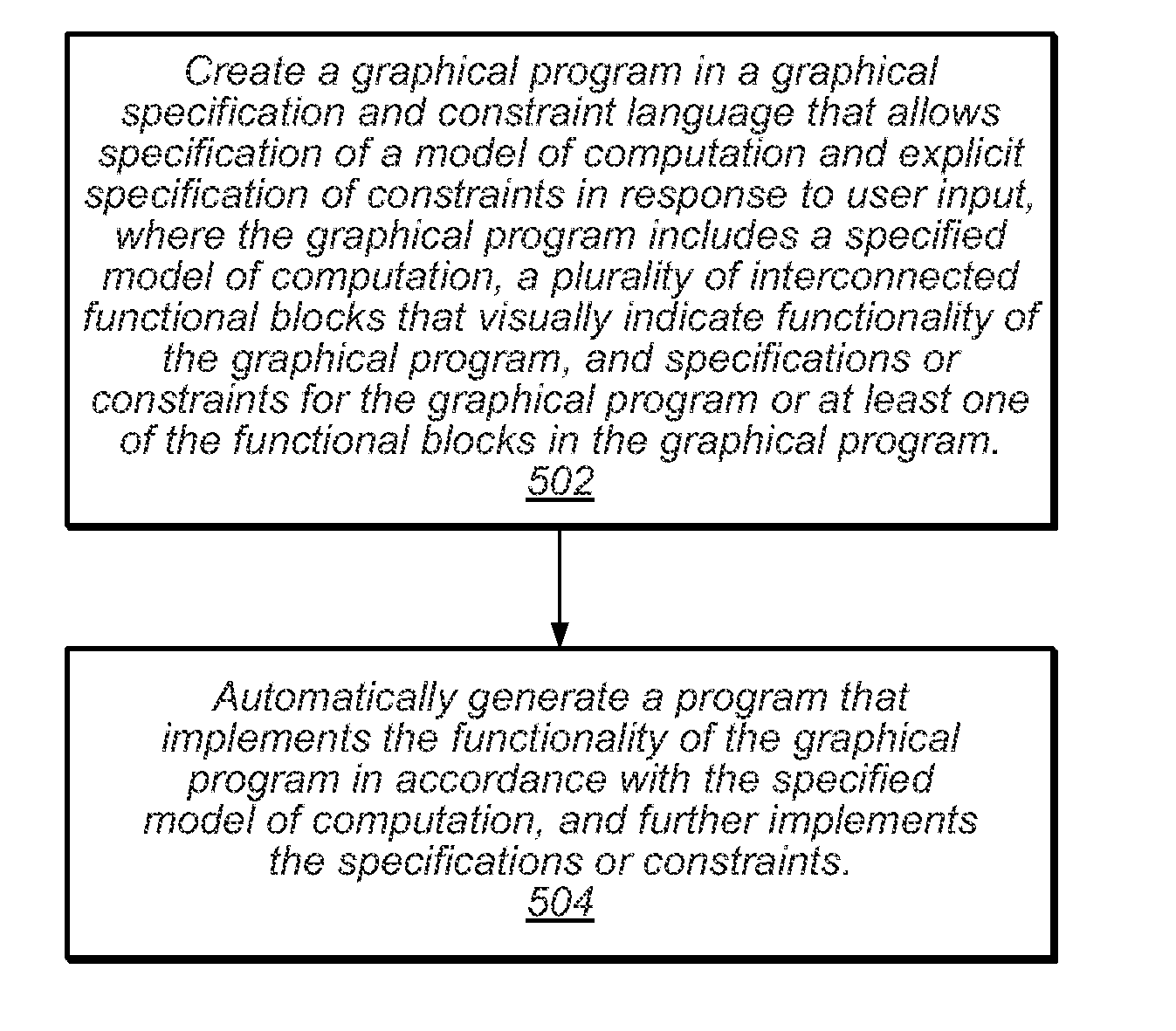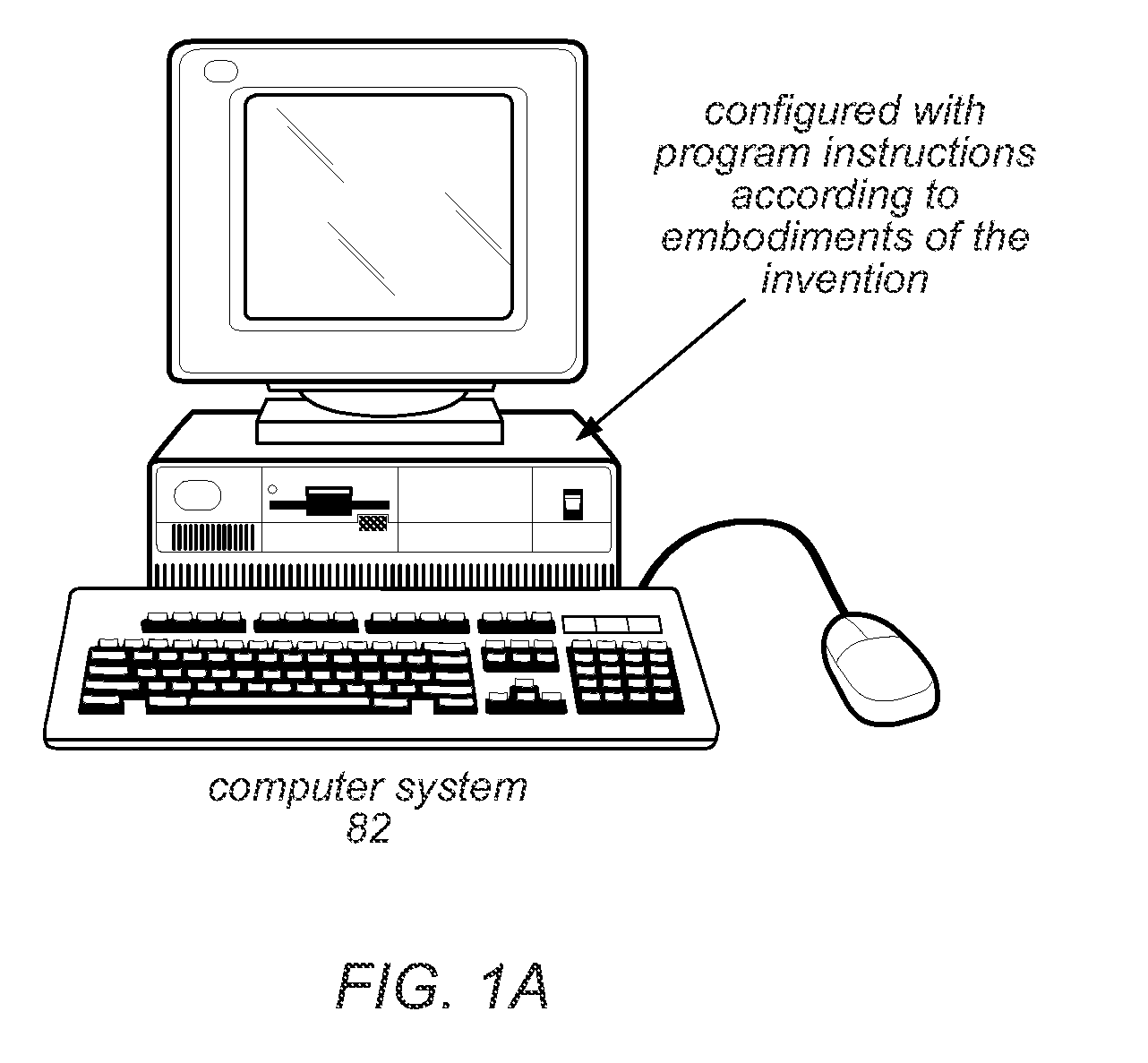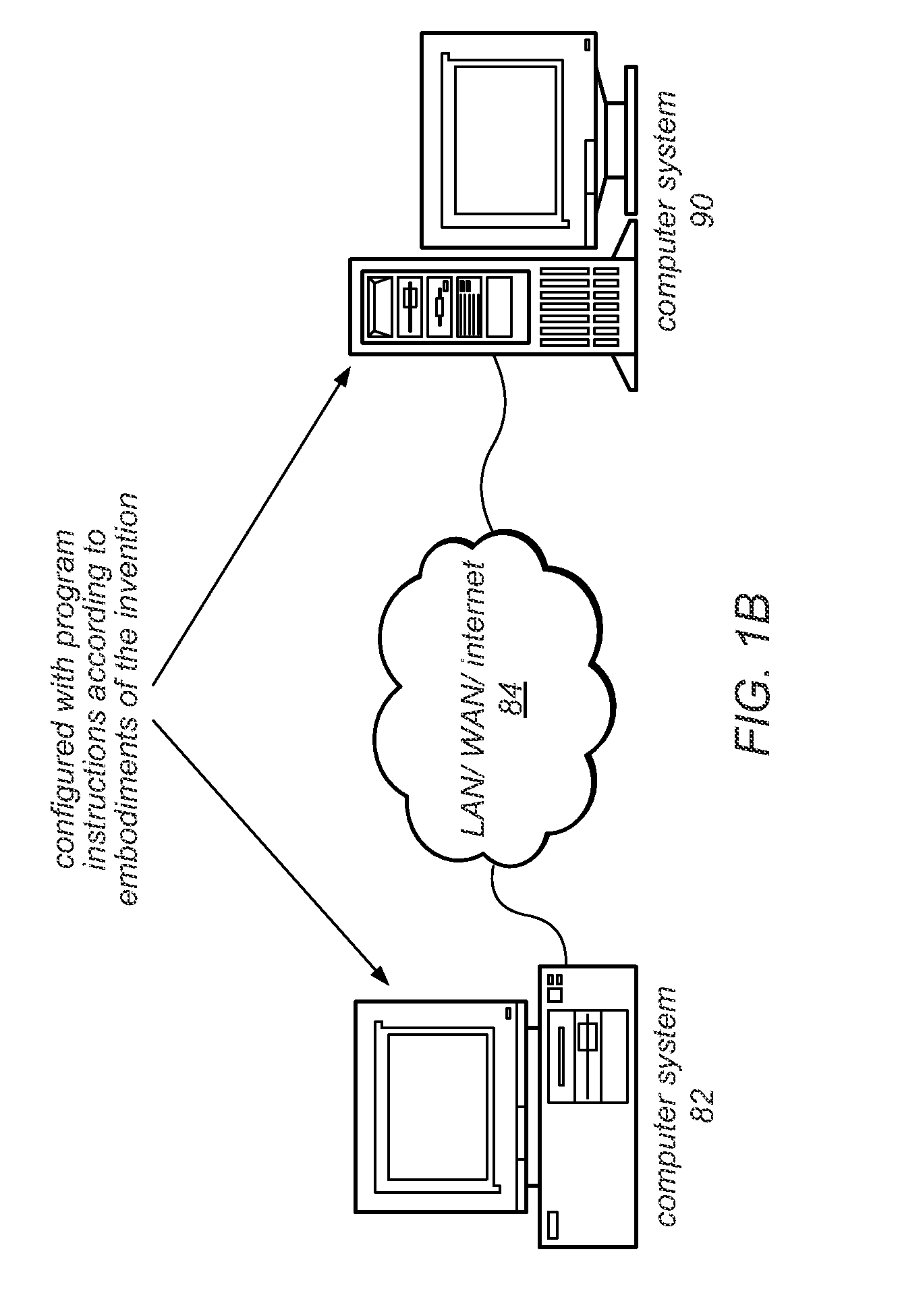Automated analysis of compilation processes in a graphical specification and constraint language
a compilation process and automatic analysis technology, applied in the field of programming, can solve the problems of application constraints, application implementation in programmable hardware, application footprint constraints, etc., and achieve the effect of improving future compilations of desktop algorithms
- Summary
- Abstract
- Description
- Claims
- Application Information
AI Technical Summary
Benefits of technology
Problems solved by technology
Method used
Image
Examples
Embodiment Construction
Terms
[0026]The following is a glossary of terms used in the present application:
[0027]High-Level Synthesis—sometimes referred to as C synthesis, electronic system level (ESL) synthesis, algorithmic synthesis, or behavioral synthesis, is intended to refer to an automated design process that interprets an algorithmic description of a desired behavior and creates hardware that implements that behavior. The starting point of a high-level synthesis flow may be ANSI C / C++ / SystemC code or the like. The code may be analyzed, architecturally constrained, and scheduled to create a register transfer level hardware design language (HDL), which may then be synthesized to the gate level by the use of a logic synthesis tool. Hardware design may be created at a variety of levels of abstraction. The commonly used levels of abstraction include gate level, register transfer level (RTL), and algorithmic level. High-level synthesis tools may handle the microarchitecture and transform untimed or partiall...
PUM
 Login to View More
Login to View More Abstract
Description
Claims
Application Information
 Login to View More
Login to View More - R&D
- Intellectual Property
- Life Sciences
- Materials
- Tech Scout
- Unparalleled Data Quality
- Higher Quality Content
- 60% Fewer Hallucinations
Browse by: Latest US Patents, China's latest patents, Technical Efficacy Thesaurus, Application Domain, Technology Topic, Popular Technical Reports.
© 2025 PatSnap. All rights reserved.Legal|Privacy policy|Modern Slavery Act Transparency Statement|Sitemap|About US| Contact US: help@patsnap.com



